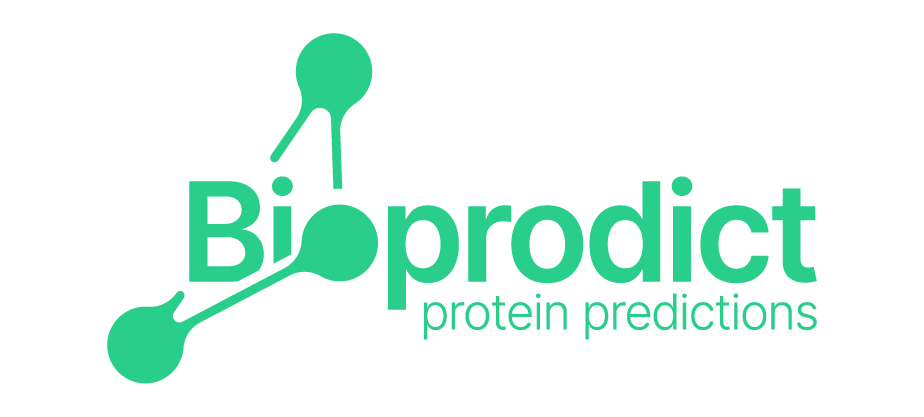I am currently employed at Bio-Prodict as a Senior Data Scientist, where I use state-of-the-art machine learning techniques to develop novel solutions for bioinformatics problems.
-
Konstantin F G. Weigmann, Stephan Heijl, Bas Vroling, Nils Michels, Marian J Menke, Mark Doerr, Lukas Schulig, Henk-Jan Joosten, Uwe T Bornscheuer (2025). Navigating the Sequence-Function Landscape: AI-Driven Discovery of Unseen and Synergistic Mutations in an Amine Transaminase ACS Catalysis Volume 15 Issue 17
-
Heijl S, Vroling B, van den Bergh T, Joosten HJ. (2020). Mind the gap: preventing circularity in missense variant prediction. bioRxiv, 2020.05.06.080424. Cited by: 4
-
Vroling B, Heijl S. (2021). White paper: the helix pathogenicity prediction platform. arXiv preprint arXiv:2104.01033. Cited by: 7
-
Heijl S, Boot J, Bergh T, Vroling B, Joosten HJ, Brier B. (2022). Helix engineering: Combining the power of 3DM with AI to disrupt protein engineering.
-
Boonen RACM, Wiegant WW, Celosse N, Vroling B, Heijl S, Kote-Jarai Z, et al. (2022). Functional Analysis Identifies Damaging *CHEK2* Missense Variants Associated with Increased Cancer Risk. Cancer Research, 82(4), 615-631. Cited by: 40
-
Dorling L, Carvalho S, Allen J, Parsons MT, Fortuno C, González-Neira A, ..., Heijl S, et al. (2022). Breast cancer risks associated with missense variants in breast cancer susceptibility genes. Genome Medicine, 14(1), 51. Cited by: 25
-
Ramakrishnan G, Baakman C, Heijl S, Vroling B, van Horck R, Hiraki J, et al. (2023). Understanding structure-guided variant effect predictions using 3D convolutional neural networks. Frontiers in Molecular Biosciences, 10, 1204157. Cited by: 7
-
Vroling B, van den Bergh T, Alders M, Heijl S, Tanck M, Deprez RLD, et al. (2016) Inherited arrhythmia syndromes, how to identify pathogenic mutations?
